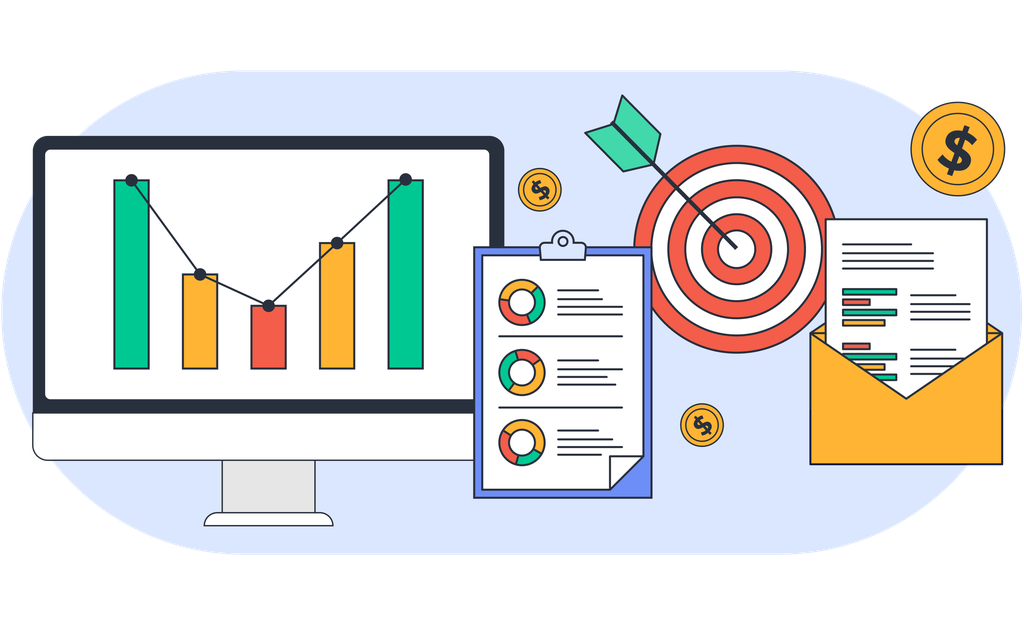
Singapore Marketers: Here’s Why AI Content Generation Should Be on Your Radar
November 27, 2025Introduction: Winning in Asia Means Playing by Its Rules
B2B lead generation in Asia isn’t a uniform game. The continent spans economies as diverse as Singapore and Indonesia, corporate cultures as distinct as Japan and India, and technological adoption rates that vary from city to city. To succeed, businesses need more than just a generic playbook—they need strategies that are tailored for each market, each decision-maker, and each cultural nuance.
Understanding this landscape is the first step. While many companies treat Asia as a single market, the reality is that each country requires a unique approach. Digital adoption varies, communication styles differ, and even the buying cycles can be entirely different. This is where B2B Lead Generation for Asia becomes critical: it’s not about blasting emails or running generic LinkedIn campaigns—it’s about designing a system that captures attention, nurtures relationships, and converts prospects into loyal clients.
Custom-tailored strategies focus on knowing your audience at a granular level. They leverage local insights, regional trends, and platform-specific tactics to create a sustainable pipeline. Companies that get this right don’t just generate leads—they dominate their markets.

Understanding the Asian B2B Landscape: Diversity Is Your Competitive Edge
Asia is not one market—it’s dozens of unique business ecosystems. From highly tech-savvy cities like Singapore to emerging hubs like Vietnam, understanding the economic, cultural, and technological differences is non-negotiable. Businesses that ignore these nuances risk wasting time, resources, and credibility.
Economic diversity shapes purchasing power, business priorities, and risk tolerance. Cultural norms influence how relationships are built and trust is earned. Even the preferred modes of communication vary: while email dominates in some countries, platforms like WeChat or LINE are essential in others. And then there’s regulatory complexity: data privacy laws differ from one country to another, creating additional layers of compliance that cannot be overlooked.
This makes B2B Lead Generation for Asia a precision game. Generic campaigns fail because they don’t speak the language of the market, literally and figuratively. Success comes from crafting a strategy that understands who the decision-makers are, what motivates them, and how they prefer to interact.

Identifying Your Target Audience: Precision Beats Volume
You can’t generate quality leads if you don’t know who you’re targeting. The most effective B2B Lead Generation for Asia starts with deep audience segmentation. Identify the industries that have real growth potential, map out the buyer personas, and understand the influencers and gatekeepers who control the purchasing process.
Regional preferences play a massive role. Decision-makers in Japan expect high-context communication, while executives in India may prioritize value-driven pitches and ROI clarity. Southeast Asia often values personal relationships and trust-building before any deal is considered. Understanding these subtleties allows your campaigns to resonate and your outreach to convert.
Segmentation also informs the channel strategy. LinkedIn might be your weapon in Singapore and Hong Kong, while WeChat dominates mainland China and KakaoTalk in Korea. The goal is precision: reaching the right people, on the right platform, with the right message. This kind of hyper-targeted approach is what separates B2B Lead Generation for Asia from scattershot marketing.

Crafting Custom-Tailored Strategies: Localization Is Power
Once you know your audience, the next step is crafting strategies that truly fit the market. Localized content isn’t just translation—it’s culture, context, and credibility. Whitepapers, webinars, case studies, and blog content must speak directly to the challenges and opportunities your prospects face.
Account-Based Marketing (ABM) is a powerful tool in Asia. By focusing on high-value prospects, personalizing outreach, and mapping messaging to pain points, companies can drive engagement and pipeline conversion. B2B Lead Generation for Asia campaigns often combine ABM with multi-channel outreach, balancing automation with personal touch.
The channels matter. While LinkedIn is universal, regional platforms like WeChat, LINE, and KakaoTalk are indispensable for campaigns targeting local decision-makers. Offline touchpoints—events, networking sessions, and executive briefings—can complement digital strategies and accelerate conversions.
Lead nurturing also requires a disciplined approach. Follow-ups must respect cultural expectations and buying cycles. Automated sequences are helpful, but high-value leads often demand human attention to close. This thoughtful combination is the essence of effective B2B Lead Generation for Asia.

Leveraging Technology: Scale Without Losing Precision
Technology is an enabler, not a replacement for strategy. CRM systems, marketing automation, and analytics tools allow companies to manage campaigns across multiple countries efficiently. AI-driven tools can segment leads, predict conversion likelihood, and optimize outreach schedules.
But technology without context is meaningless. Successful B2B Lead Generation for Asia blends human insight with machine efficiency. Predictive analytics, heat maps, engagement scoring, and regional dashboards help marketers identify patterns, measure ROI, and continuously improve campaigns.
Data-driven insights enable agility. Markets shift quickly in Asia, and being able to adjust targeting, messaging, and channels in near real-time can be the difference between stagnation and explosive growth. For companies willing to invest in both technology and strategy, the payoff is significant: a lean, efficient, and highly effective B2B Lead Generation for Asia engine that drives measurable results.
.png)
Case Studies: Proof in the Pipeline
Companies that have embraced custom-tailored B2B Lead Generation for Asia have seen remarkable results. A software firm targeting Southeast Asia doubled qualified leads by localizing content and leveraging LinkedIn alongside regional messaging apps. A manufacturing client broke into Japan and Korea by implementing ABM campaigns with precise persona mapping and culturally sensitive outreach.
Failures are instructive too. Many companies that attempted “Asia-wide” campaigns with a generic approach found low engagement, wasted ad spend, and missed opportunities. The lesson is clear: customization, local insight, and thoughtful execution are not optional—they are essential.

Measuring Success: Metrics That Matter
The ultimate goal of B2B Lead Generation for Asia is measurable impact. Key KPIs include lead volume, lead quality, conversion rates, and engagement metrics across platforms. Tracking these metrics at a regional level allows for continuous improvement and ensures that campaigns are aligned with business objectives.
Feedback loops—analyzing what worked, what didn’t, and why—are critical. Asian markets evolve fast, and strategies must evolve with them. Companies that embrace iterative learning and data-driven refinement are the ones that consistently outperform competitors.
Conclusion: Dominate Asia, One Lead at a Time
Asia is a continent of opportunity, but only for those willing to respect its complexity. Generic campaigns fail; custom strategies win. By understanding the market, identifying precise audiences, localizing content, leveraging technology, and measuring results, businesses can build a robust B2B Lead Generation for Asia machine that drives sustainable growth.
Success in Asia doesn’t happen by accident—it’s the reward for strategic precision, relentless execution, and a willingness to adapt to each market’s unique demands.


